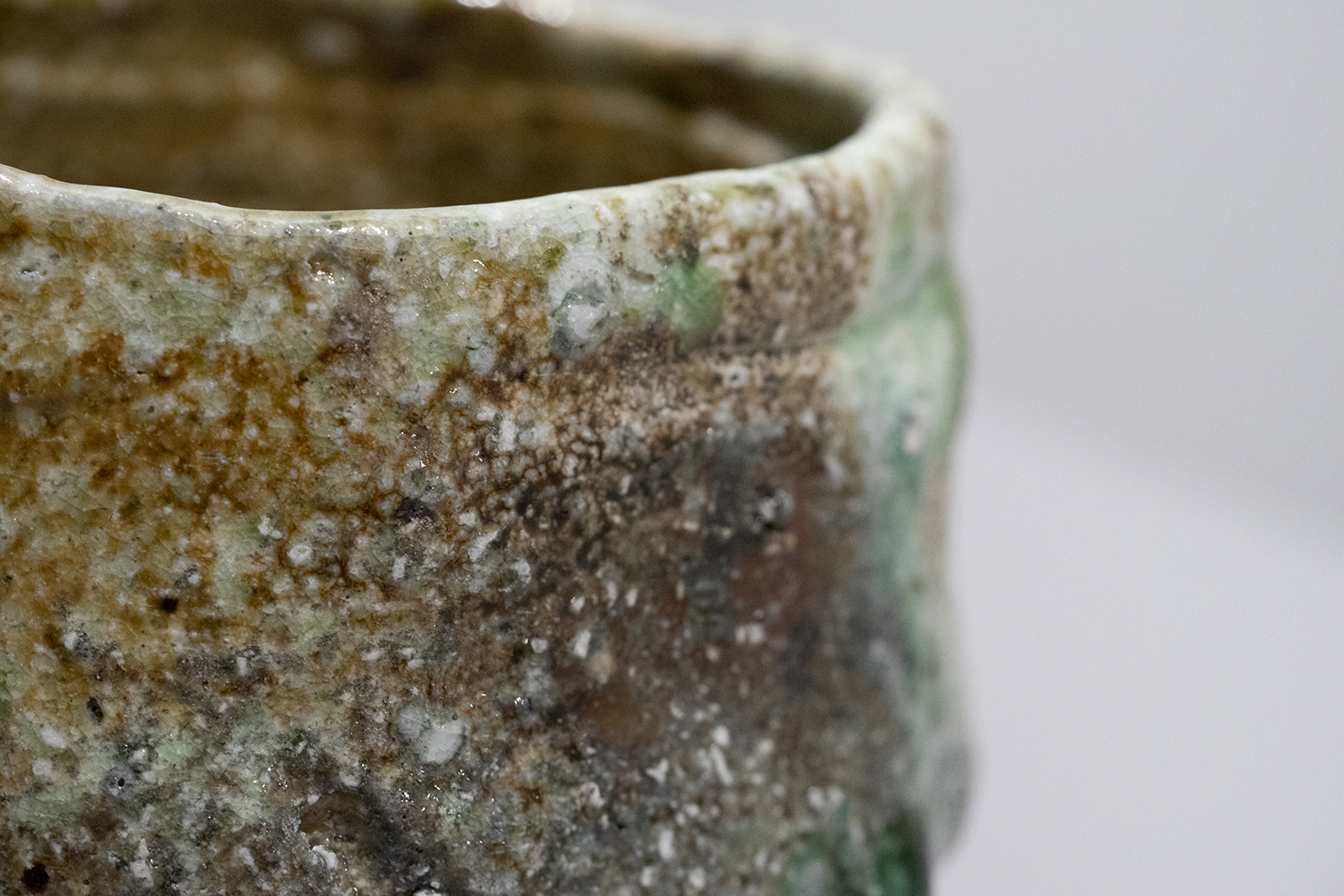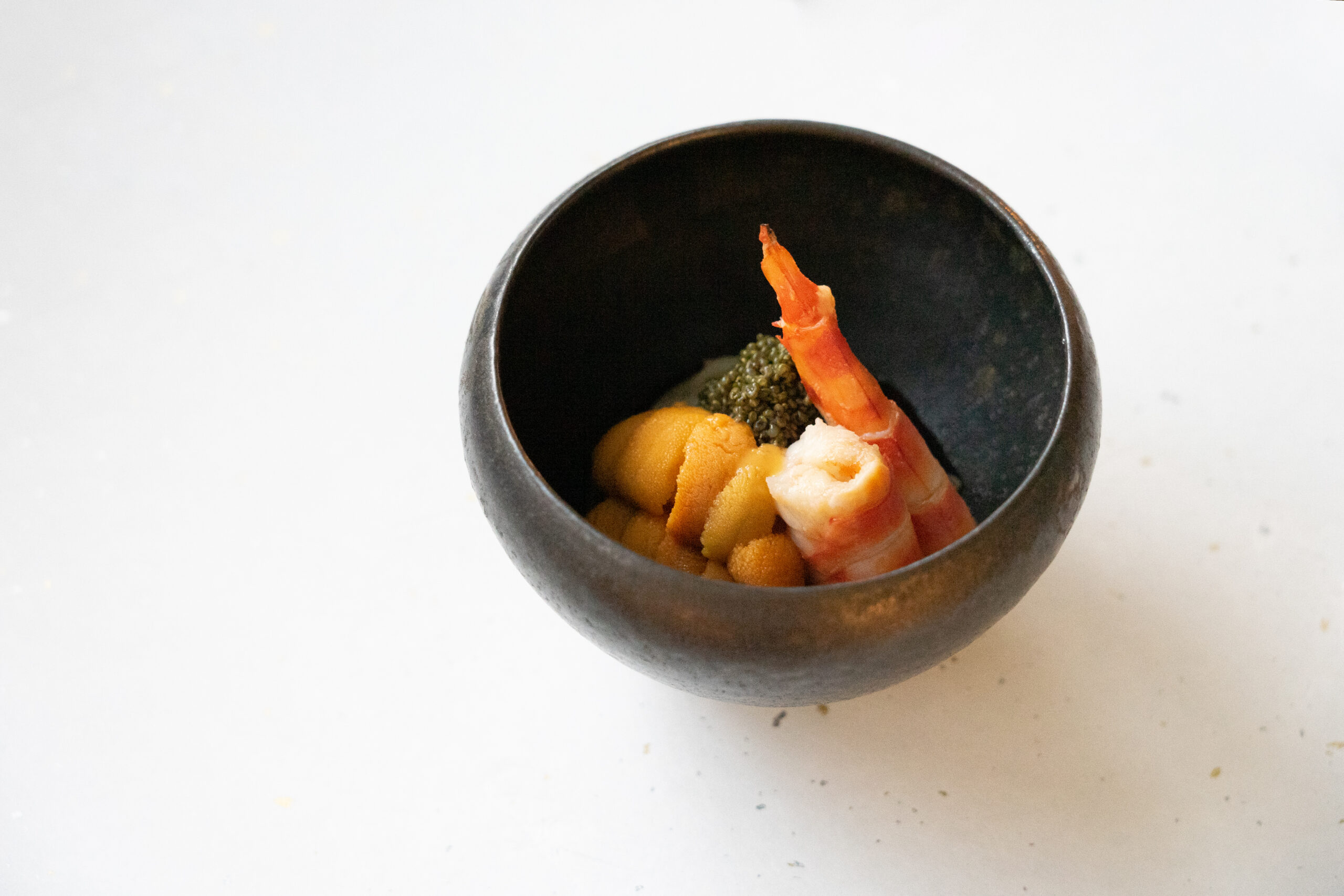It is no exaggeration to say that one of the charms of crafts today is their “irregularity.” In ceramics, for example, every piece takes a unique form depending on the throw of the potter’s wheel and how colors change during firing. In woodworking, every grain in the wood is unique; with textiles, the colors vary depending on the plants used to produce the dyes. Each one is unique in all the world. With ongoing technological progress and industrialization in recent years, we have become used to a life surrounded by things without any unique characteristics. Under such circumstances, I believe that crafts which are different from one to another have come to have a special meaning.
In the world of crafts, being less than perfectly consistent does not mean that they are defective. Indeed that is how craft should be. There is no standard of value that proclaims the right is superior or inferior to the left; what really matters is whether each piece is beautiful or not. Of course, a glass cup with many air bubbles might be considered a defective product, but the value of the work greatly depends on whether it is simply feels good to touch or to drink from.
From my experience working in design, I can immediately tell if the lines on a blank are straight and vertical or not, and if the letters are centered. It might be possible to describe this as having an intuitive “sense of dissonance” that says something does not feel right. However, when I look at crafts and compare two pieces, even if they are not perfectly matched, it does not trigger this sense of dissonance. I imagine that the general public may be more sensitive in this regard. We can probably say the same thing about people, as debates over whether some are better or worse than their neighbors, or whether they are equal to each other, are not very pleasant arguments. I believe that being able to find beauty in things even when they are not perfectly matched with each other, is what it means to have aesthetic sense.
However, in the world of crafts, being handmade should not be an excuse to compromise in how we make things either, simply excusing inferior work by thinking “this is as good as it could be.” In this age when mass-produced products are predominant, in order for these irregular or “imperfect” handmade crafts to attract people over those “perfectly” made mass-produced items, they must have something unbeatable that draws people to them. Would one be able to talk confidently about the unique elements of beauty in these imperfectly shaped pieces? That kind of confidence shows the true spirit of craftsmanship, and the obsession to create quality items.
In today’s world, high-quality custom-made products such as solid wood furniture or made-to-order dresses have come to be seen as precious rarities rather than things we are able to appreciate in daily life. Crafts offer us a similar experience of something precious: even if the difference is small, each piece has a unique personality. In other words, we come to appreciate and care for each piece of work more as an individual, and it makes us sad if one of them breaks. Such feelings are the first step towards truly caring for things.
Text: Yusuke Shibata
Work: “Shigaraki tea bowl” / Katsunori Sawa




